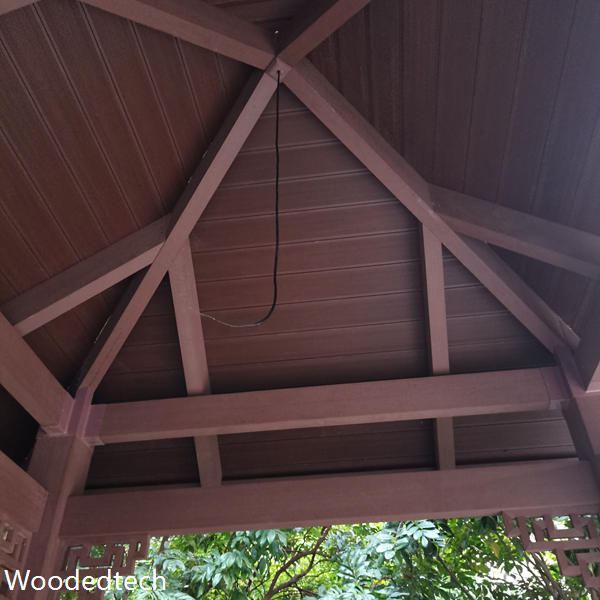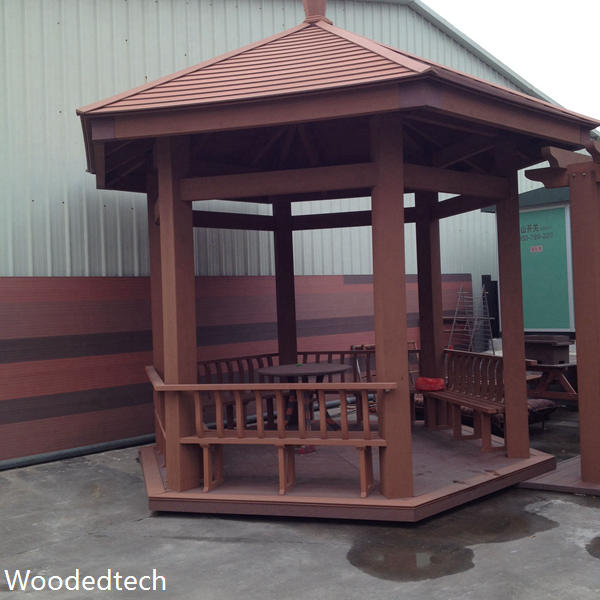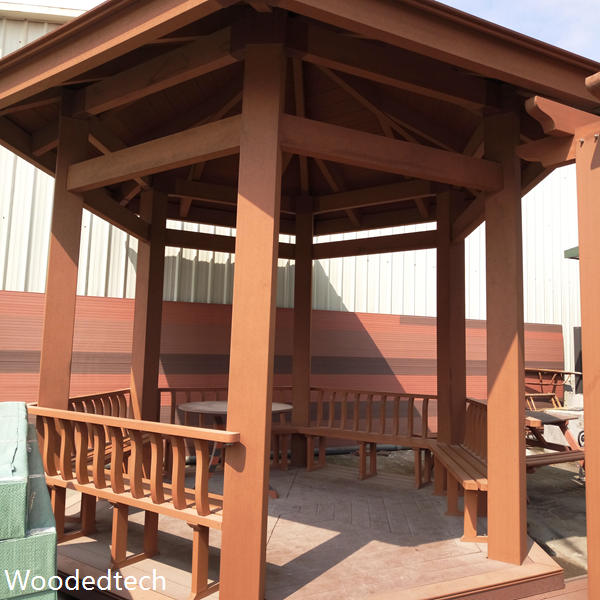Assessing Composite Plastic Gazebo Weight Capacity for Safety
When considering the weight capacity of composite plastic gazebos, it is essential to focus on safety and durability, as these structures are often used in outdoor settings where they must withstand various environmental challenges. Composite plastic, a material made from a blend of wood fibers and recycled plastics, has become increasingly popular in the manufacture of outdoor furniture and structures, including gazebos. This trend is influenced by several factors, including a significant proportion of global production capacity being concentrated in China and the price advantages that Chinese manufacturers offer.
The weight capacity of a gazebo is determined by various factors, including the materials used, the design of the structure, and the quality of the craftsmanship. Composite plastic gazebos are generally designed to be lightweight yet sturdy, which makes them easier to assemble and reposition compared to traditional wooden structures. However, this lightweight characteristic can lead to concerns regarding their capacity to withstand heavy loads, especially in adverse weather conditions such as strong winds or heavy snowfall.
Chinese manufacturers play a crucial role in the global composite plastic gazebo market, accounting for approximately eighty percent of the world’s production capacity. This dominance can be attributed to several factors, such as lower labor costs, access to abundant raw materials, and advanced manufacturing technologies. These advantages allow Chinese companies to produce high-quality composite plastic products at competitive prices, making them appealing to international buyers who are looking for cost-effective solutions for outdoor structures.
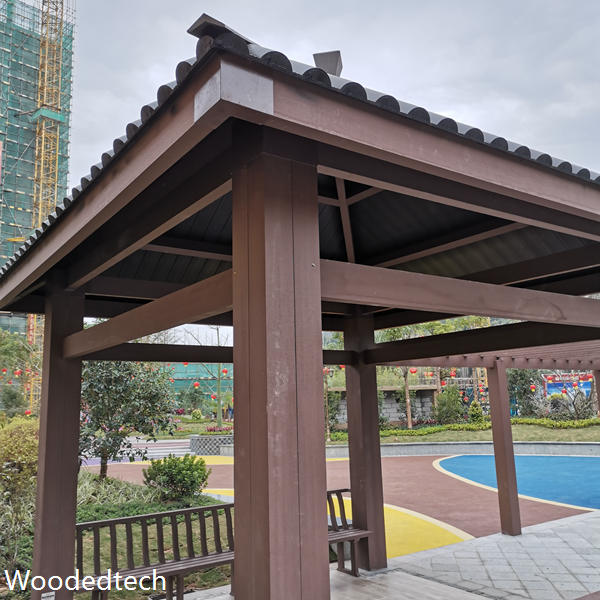
Price advantages in the composite plastic gazebo market not only stem from lower production costs but also from the economies of scale achieved by large manufacturers in China. When companies produce goods in large volumes, they can spread fixed costs over a larger number of units, resulting in lower costs per unit. This financial efficiency often translates to lower retail prices for consumers, making composite plastic gazebos an attractive option for homeowners and businesses alike.
When assessing the weight capacity of composite plastic gazebos, consumers should consider the specifications provided by manufacturers. Most reputable companies conduct rigorous testing to ensure their products meet safety standards and can support the intended load. Factors such as the thickness of the composite material, the design of support beams, and the overall structure play a vital role in determining how much weight a gazebo can safely hold. Consumers should also be aware that weight capacity can vary based on how the gazebo is anchored and whether it has proper support.
Safety is paramount when utilizing gazebos, particularly those made from composite materials. The risk of collapse due to excessive weight can pose serious hazards, especially if the gazebo is used for gatherings, parties, or other events where many people might congregate. It is advisable for consumers to familiarize themselves with the weight limits and to adhere strictly to guidelines provided by the manufacturer. Additionally, regular inspections of the gazebo should be performed to identify any signs of wear or damage that might compromise its structural integrity.
The environmental impact of composite plastic gazebos is also worth considering. Many manufacturers focus on sustainability by utilizing recycled materials in their products. This practice not only helps reduce waste but also enhances the appeal of composite gazebos to environmentally conscious consumers. The use of durable materials means that these gazebos can withstand the test of time, reducing the need for frequent replacements and thus contributing to a lower overall environmental footprint.
As the demand for outdoor living spaces continues to grow, the popularity of composite plastic gazebos is likely to increase. Homeowners are increasingly looking for ways to enhance their outdoor areas, and gazebos provide an excellent solution for creating shaded spaces for relaxation or entertainment. The combination of aesthetic appeal, functionality, and affordability makes composite plastic gazebos a compelling choice for many.
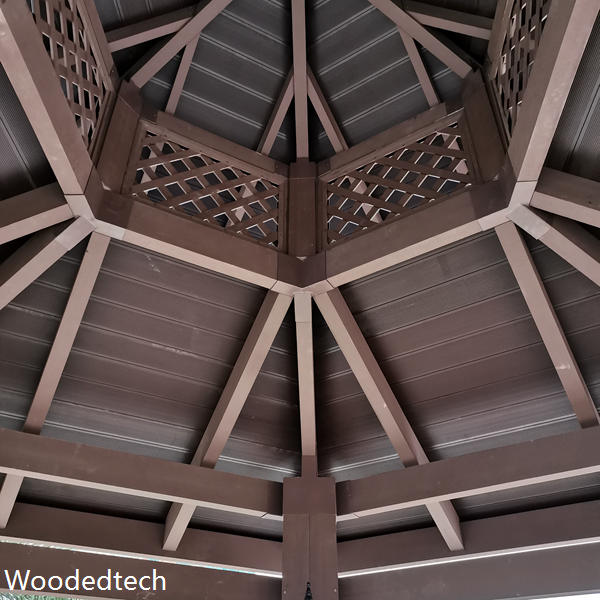
In the competitive landscape of outdoor structures, the influence of Chinese manufacturers cannot be overlooked. Their ability to produce high-quality, cost-effective composite plastic gazebos has reshaped the market and provided consumers with a broader range of options. However, as with any product, it is essential for buyers to conduct thorough research and consider factors such as weight capacity, safety features, and material quality before making a purchase.
Ensuring that a composite plastic gazebo can safely support the intended weight is critical for preventing accidents and ensuring a positive experience for users. With careful consideration of the design, weight capacity, and safety measures, consumers can enjoy the benefits of these versatile outdoor structures while minimizing risks associated with their use. As the market continues to evolve, the focus on quality and safety will remain paramount in the selection of composite plastic gazebos for both personal and commercial use.

